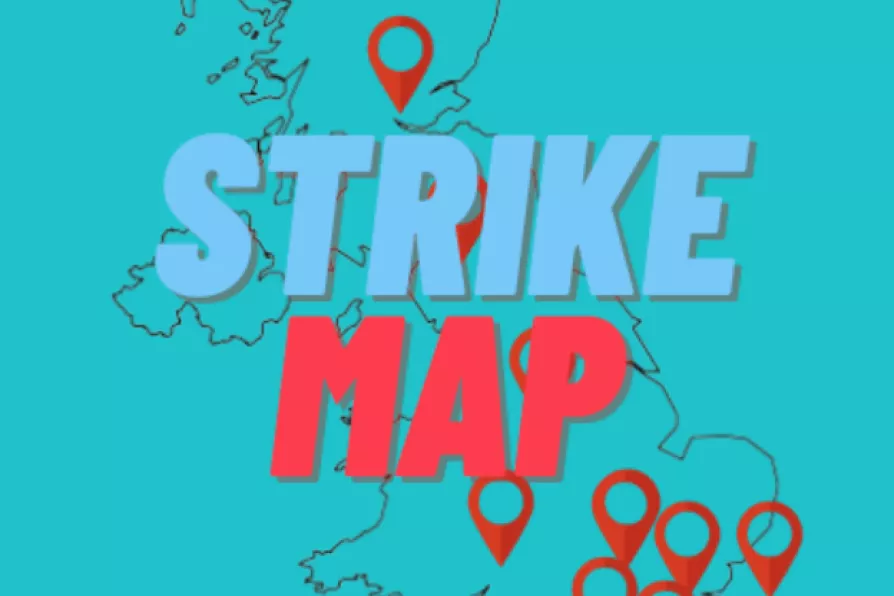Once the bustling heart of Christian pilgrimage, Bethlehem now faces shuttered hotels, empty streets and a shrinking Christian community, while Israel’s assault on Gaza and the tightening grip of occupation destroy hopes of peace at the birthplace of Christ, writes Father GEOFF BOTTOMS


AS the new year approaches, we find ourselves still in the midst of a pandemic that shows no sign of ending, and on the brink of a financial crash and climate crisis.
World leaders have shown themselves to be wholly inadequate in their response to these challenges, prioritising profit over people.
We are seeing creeping authoritarianism in society, with the old neoliberal order fading only to be replaced by something even more sinister.

Solidarity is needed for the longest strike in NHS history, argues HENRY FOWLER of Strike Map

Since 2023, Strike Map has evolved from digital mapping at a national level to organising ‘mega pickets’ — we believe that mass solidarity with localised disputes prepares the ground for future national action, writes HENRY FOWLER
![Strike Map activists visit striking refuse workers in Birmingham, April 29, 2025 [Pic: Strike Map]]( https://msd11.gn.apc.org/sites/default/files/styles/low_resolution/public/2025-05/DSC_0753.JPG.webp?itok=UCYB6Qpj)
As Birmingham’s refuse workers fight brutal pay cuts, Strike Map rallies mass solidarity, with unions, activists, and workers converging to defy scab labour and police intimidation. The message to Labour? Back workers or face rebellion, writes HENRY FOWLER and ROBERT POOLE











